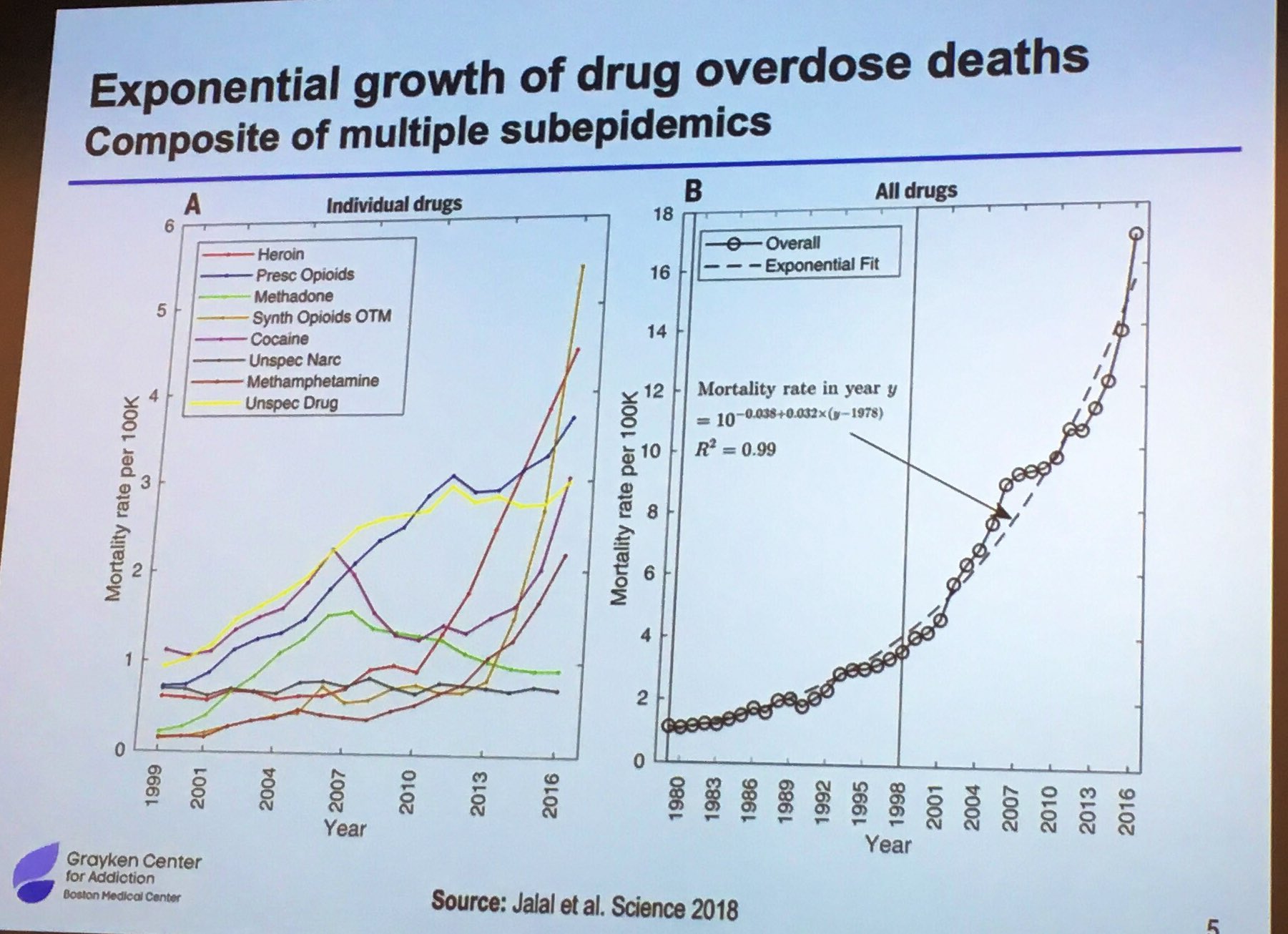The scientific and medical arguments for the continued use of opioids are sparse in the absence of any significant number of high quality studies published that demonstrate 1. opioids are safer than other alternatives for chronic non-malignant pain and 2. opioids are effective in the treatment of chronic non-malignant pain. Family physicians in particular, continue to stupidly start patients on long term opioids because they confuse nociceptive acute pain with the neurological disease of chronic pain, they are ill equipped with alternatives, and they cave to patients demands/whines about how much it hurts. There is little thought given to long term consequences of permanent neurological changes induced by opioids given long term, the sequelae of increased falls/fractures/depression/sedation/DUI/death/iatrogenic opioid dependency not to mention legal risks, both civil and criminal. Pain physicians indeed are left to mop up after abandonment of fundamental principles of medicine by PCPs.
As much as I have misgivings about PROP, they have worked to move the pendulum of dosing appropriateness. There is little argument that very high dose (MED>200mg/day) are inappropriate for nearly 100% of chronic non-malignant pain patients. There are only a few patients for which high dose (MED>100mg/day) are ever appropriate in the same patient population. These high doses used to be seen in a significant percentage of the chronic pain population. Now the arguments are more focused towards the appropriateness/inappropriateness of moderate dosage opioids or low dose opioids long term for chronic non-malignant pain. We have few long term studies to support even these doses.
Doctors that continue prescribing very high or high dose opioids are standing on very shaky medical, scientific and legal grounds. Given the high percentage of pain physicians that have received threats of violence, licensure issues, civil litigation risks, and DEA scrutiny some practices are converting to non-opioid. Non-opioid practices have to find other ways to survive other than being the dumping ground for PCPs that are nervous or have been arrested for prescribing opioids inappropriately.
Currently the lens of the public and news organizations is focused on the mercenary practices of pharmaceutical manufacturers of opioids, but should that lens becomes focused on the prescribing physicians who lack the science behind justifying prescribing opioids for chronic non-malignant pain, we will see civil litigation/malpractice suits skyrocket. Physicians will be held as pariahs for ignoring 150 years of medical literature that warned of the consequences of freely prescribing opioids. Then it will be a race to the bottom, when zero opioid prescribing will not protect physicians from their past prescribing practices.


